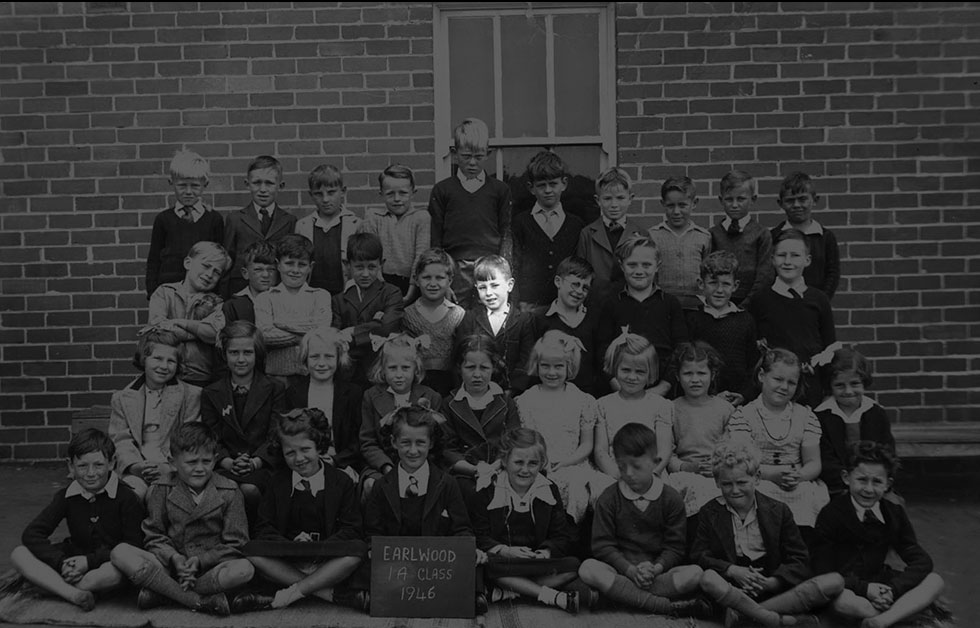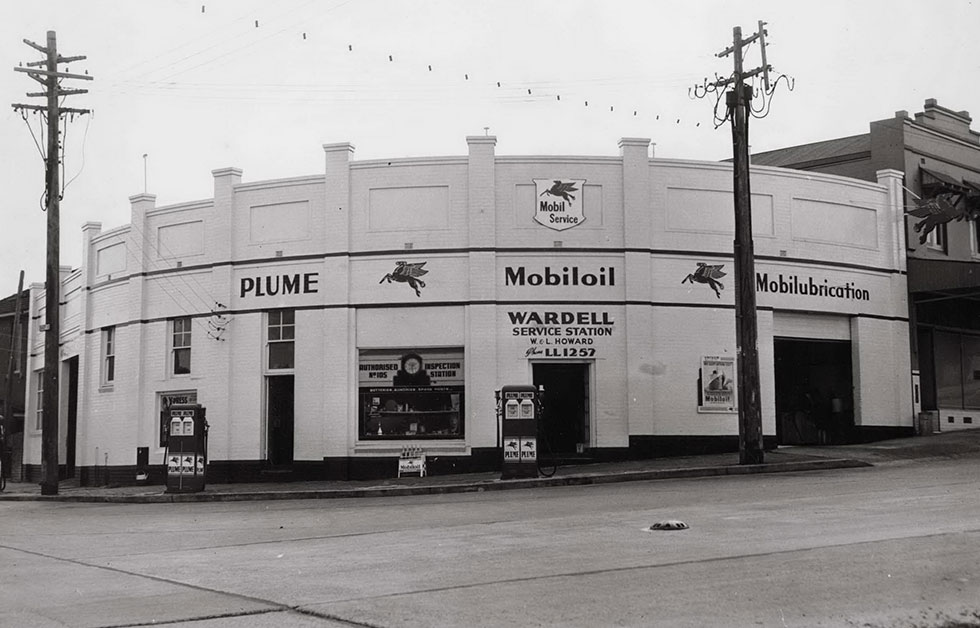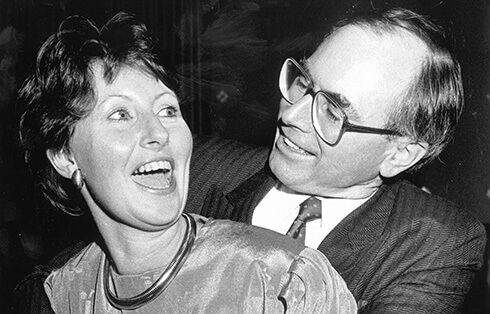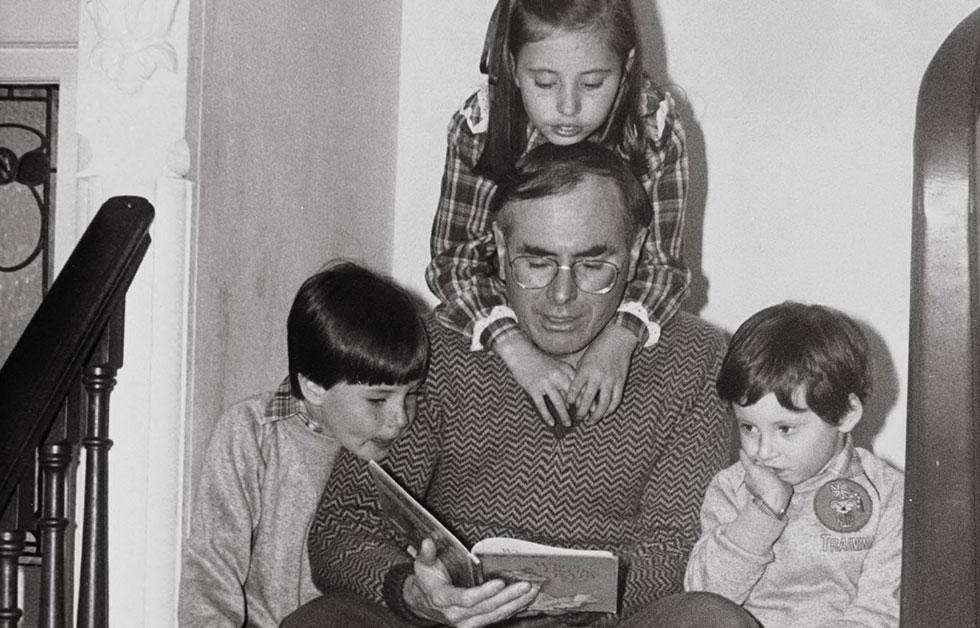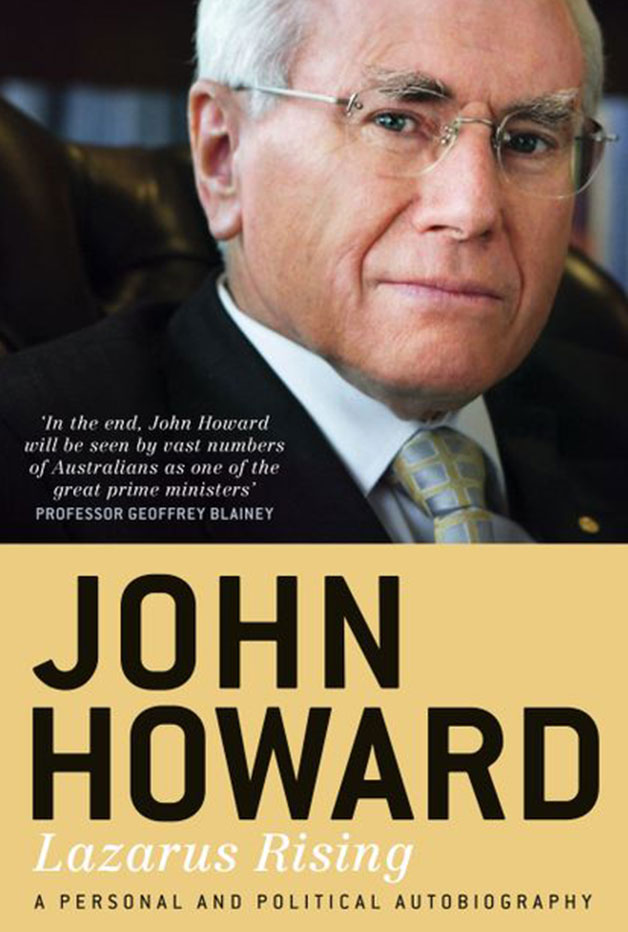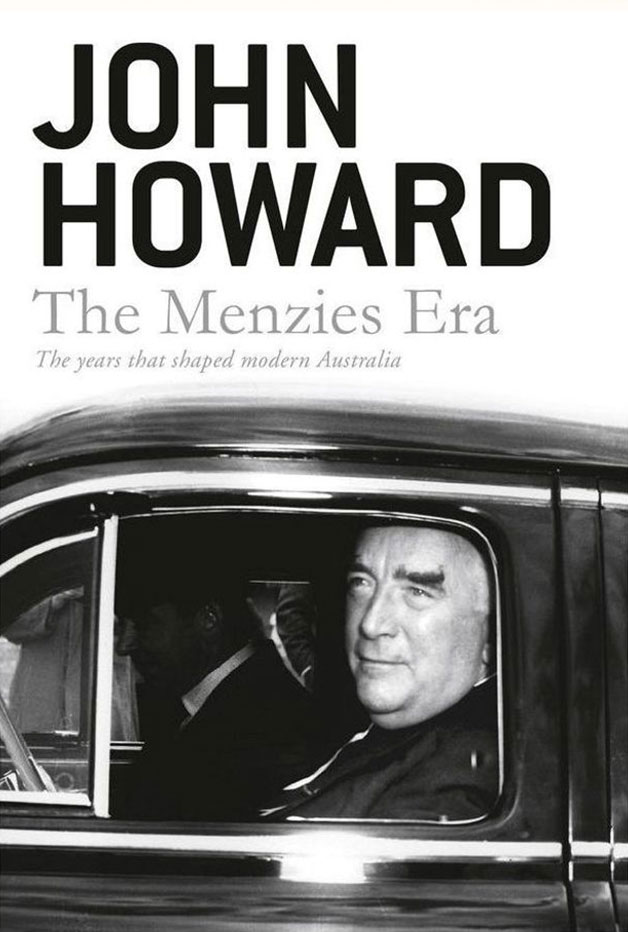WORKING CLASS LIFE
John Winston Howard was born in the south-western industrial suburb of Earlwood in Sydney, on 26 July 1939. He attended the local government primary school and later Canterbury Boys’ High School. His father, a garage proprietor, influenced his emerging political and economic views, impressing on him the importance of small business as an employment provider.
PARTY MAN
After studying law at the University of Sydney, Howard graduated in 1961, and then practised as a solicitor for the next twelve years. A committed Liberal Party member, he was soon deeply involved in its organisation; he joined the party’s New South Wales State Executive in 1963. He served as State Vice-President of the party 1972–1974.
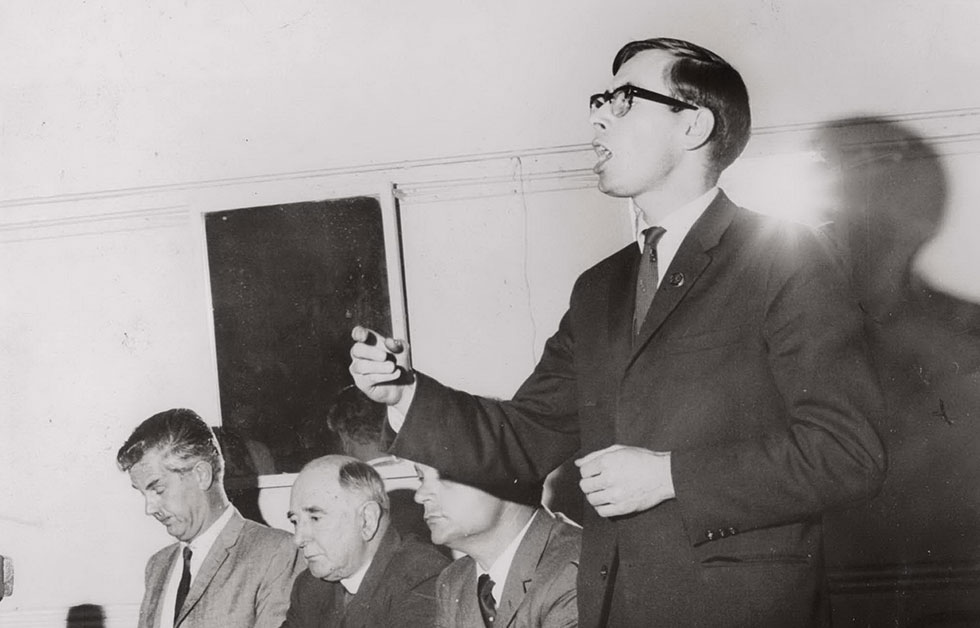 Debating the Vietnam War, c1965-66
Debating the Vietnam War, c1965-66
FAMILY MAN
In 1971 Howard married Janette Parker, and they had a daughter and two sons.
MEMBER FOR BENNELONG
John Howard entered the House of Representatives as Liberal member for the suburban Sydney seat of Bennelong at the general elections on 18 May 1974.
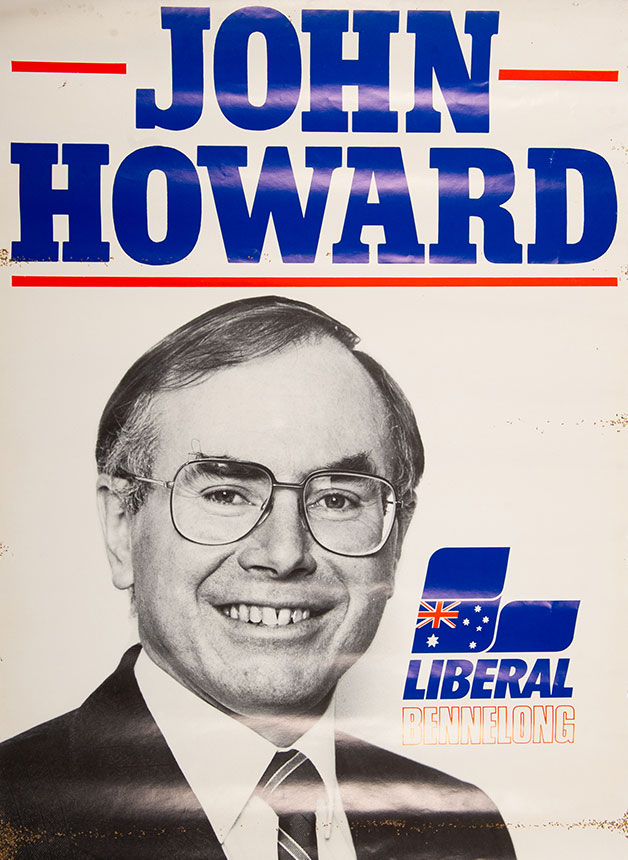 Bennelong campaign poster 1984
Bennelong campaign poster 1984
MINISTERIAL SERVICE
Howard first became a minister following the election of the coalition government of Malcolm Fraser in December 1975, taking on the business and consumer affairs portfolio, which he held until 1977. Other roles thereafter included Minister for Special Trade Negotiations and then the role of Treasurer. He held this position for more than five years, until the Fraser government lost office with the election of the Labor government led by Bob Hawke on 5 March 1983.
LEADER OF THE OPPOSITION
After a failed attempt as opposition leader to topple Bob Hawke's Labor government in the 1987 election, Howard's popularity dipped so low that the now-defunct Bulletin magazine ran a cover picture of him tagged: "Mr 18 per cent. Why on earth does this man bother?" When deposed by his bitter rival Andrew Peacock, Howard remarked ruefully that in order to resurrect his leadership he would have to be "Lazarus with a triple bypass".
 The Bulletin's depiction of John Howard's declining popularity with the electorate. He lost the party leadership five months later.
The Bulletin's depiction of John Howard's declining popularity with the electorate. He lost the party leadership five months later.
AUSTRALIA'S 25TH PRIME MINISTER
In January 1995, following the resignation of Alexander Downer as Opposition Leader. With the Liberal party in disarray and little more than a year before the next federal elections were due, Howard set about vigorously attacking the Labor government led by Paul Keating, mainly on its record of economic management. Under his revitalised leadership, the Opposition coalition began campaigning on the promise of drastically reducing the Commonwealth’s increasingly heavy debt burden.

SPORTING TRAGIC
Howard's love of cricket and other sports was legendary and he presided over what was arguably Australia's finest sporting moment—the 2000 Sydney Olympics.
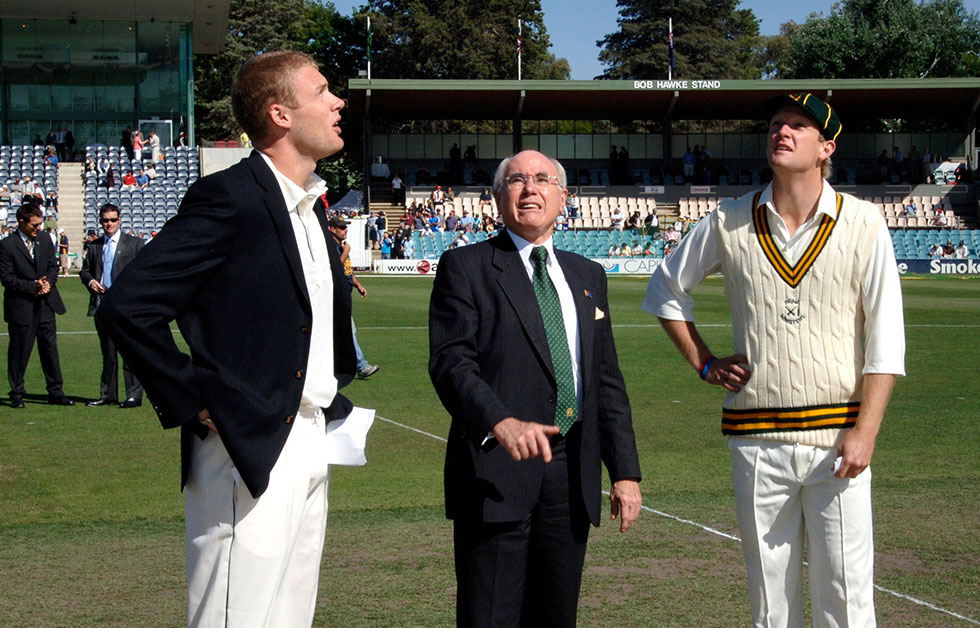
THE WRITER
Since leaving parliament, John Howard has produced two hefty books: his autobiography, Lazarus Rising, published in 2010, and The Menzies Era, published in 2014. In the latter, he writes about Australia in the mid-20th century and his hero, Sir Robert Menzies, the founder of the Liberal Party.
